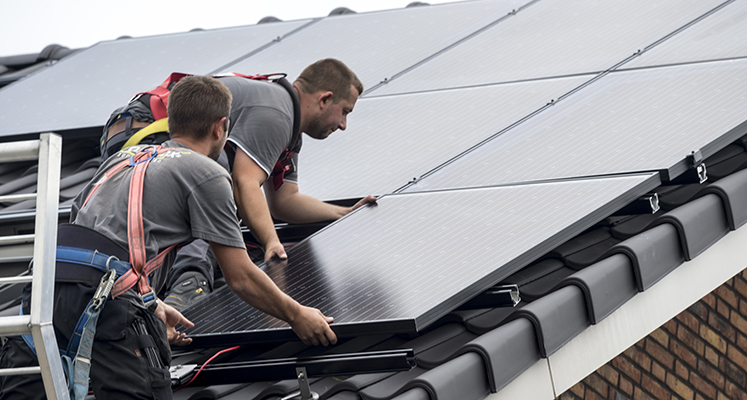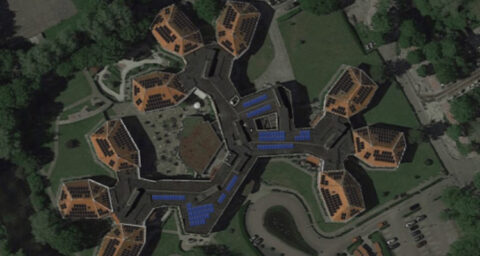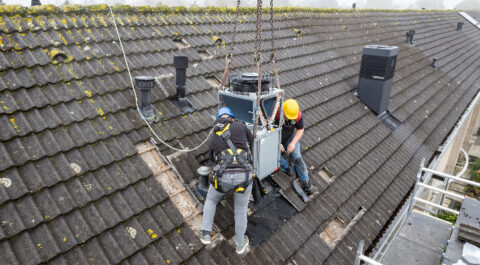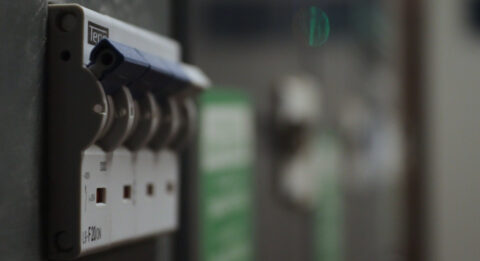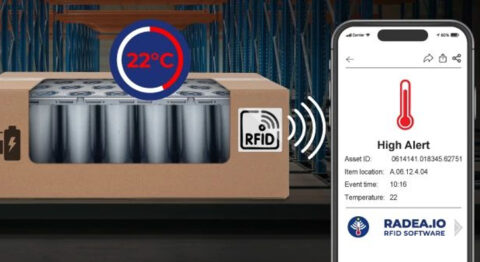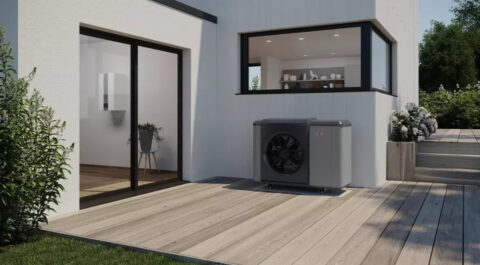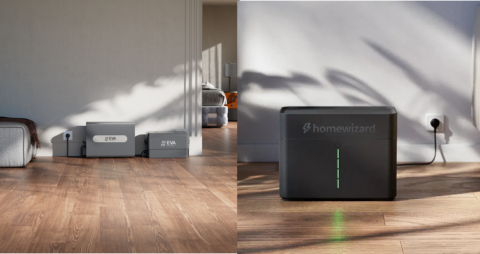The balancing scheme was first to be phased out, then it was decided that the scheme would simply remain in place, and now the balancing scheme is in danger of disappearing after all, and all at once without phasing out. What preparations can your customers make to absorb or at least alleviate this financial blow?
Earlier this year, everyone with solar panels was enormously elated and relieved when it was announced that the energy-saving scheme would not disappear after being phased out between 2025 and 2031. Precisely because of this, the blow comes extra hard, as the energy-saving scheme seems to be abolished in one fell swoop as of January 1, 2027, without phasing out.
A huge financial burden for owners of solar panels and a shopstopper for many interested parties who wanted to start. For the time being it is still an intention and it is not certain that the balancing system will actually disappear in 2027. Nevertheless, it is wise to make the necessary preparations now and make sure you have a few alternatives available.
Home Battery
It is important to deal as efficiently as possible with the surplus of solar power that will soon no longer be able to be passed on to the electricity grid to be used at a later time. After all, the whole idea of solar panels is to generate power as soon as the sun shines in order to do something useful with it, not to leave all those panels completely unused during the best moments of the day because there happens to be little or no need for power at that moment.
A home battery is a great option for temporarily buffering excess power at the customer's location. After all, power that a person stores himself can be used at his own discretion at times when it is needed, without (extra) costs. Only when the sun is not shining or not shining enough and the home battery is discharged again, will it be necessary to call on the grid. However, a home battery requires an extra investment on top of the investment of the (already existing) solar panels. Also, the capacity is limited and it does not allow a customer to become completely independent of the grid. Certainly not once the days get shorter again.
Heat Storage
Customers can already convert some of their excess power into heat, which always comes in handy. It is also a relatively inexpensive option to store energy in a heat buffer. During the day when there is a lot of electricity production and often fewer electricity consumers are active, the solar power can be used to heat as much tap water as possible. By installing a large boiler or solar water heater, customers then only need to use paid electricity to supplement water heating in rare exceptional cases.
In addition to domestic water, heat storage specifically for the heating system is another option you can make your customers aware of. A buffer tank is specifically designed to store heat for heating systems. Although there are also variants that combine this with the possibility of heating tap water. A convenient combination, too, which eliminates the need for both a boiler and a buffer tank, which is especially useful when space is limited. Boilers and buffer tanks can work together with any heat pump for even greater efficiency.
Automate
A very effective way to ensure that solar power is put to good use is to use power as much as possible during the day, when the output of the panels is highest. For example, on hot days the house can be cooled using a heat pump or air conditioner, so that this does not have to be done in the evening when the residents return home via paid mains power. If necessary, cool the home a little further to create a sort of cooling buffer, as the home will slowly warm up again. On cold days, the house can of course be heated during the day instead of cooled down.
Other electricity consumers such as washing machines and dishwashers can also use solar power during the day, instead of running them at night, for example, because of the low(er) electricity tariff. All this can be easily automated via home automation, although customers may prefer to be present in the home themselves once these appliances are running, just to be sure. In homes where a charging station is or can be installed on the property, the electric car can also be charged as much as possible during sunny hours. Often you can then use the vehicle as an (additional) home battery as well.

